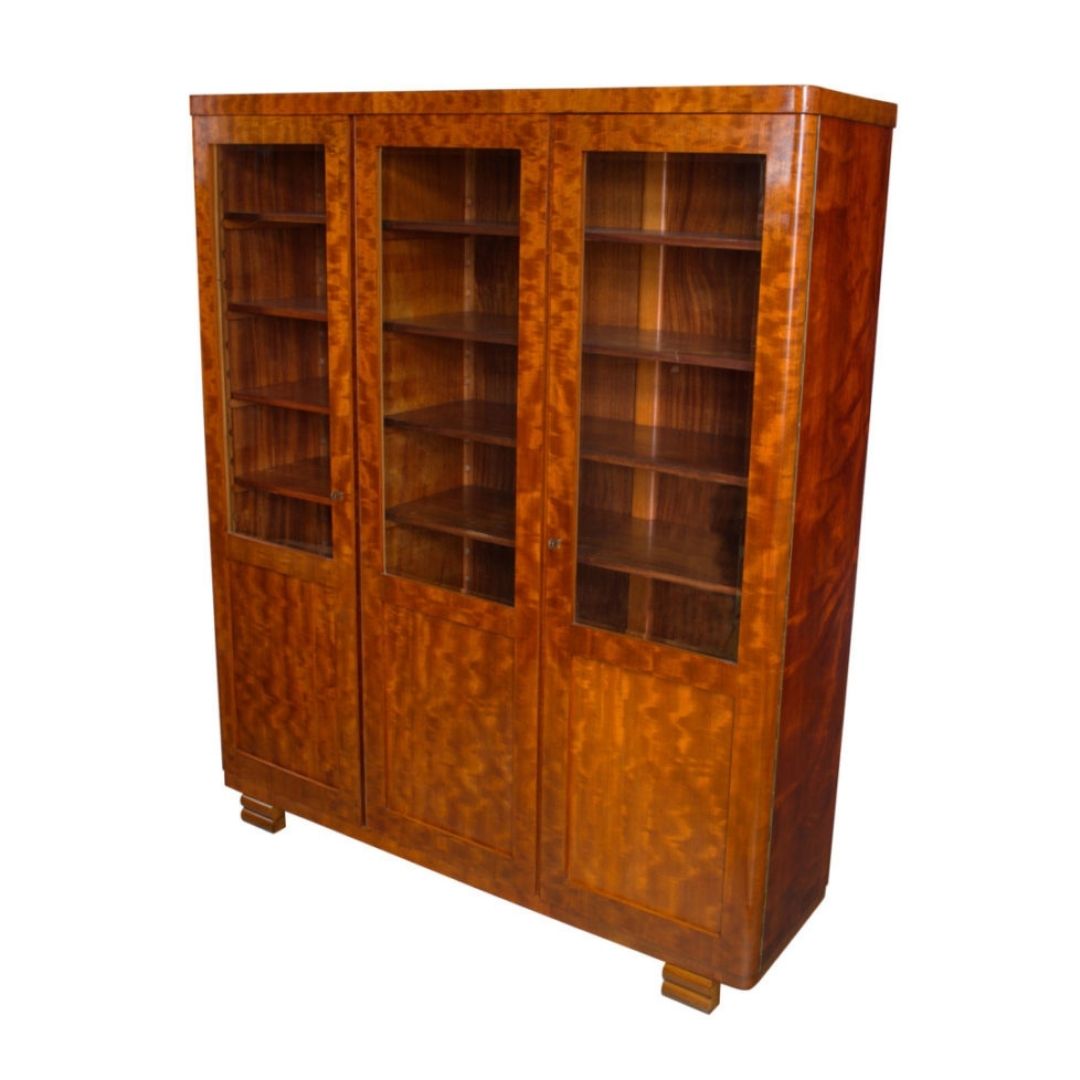hi all,
i have recently acquired a john motensen rosewood table and wanted to redo the top. i used acetone to clean the top then sanded it prior to adding an oil finish however, after several coats the edges of the wood remain light.
can anyone explain why this is, what i have done wrong and what i can do to fix it !!!
many thanks in advance all,
jon

What kind of oil finish did you use? Maybe not compatible with what was there? It is possible that the rosewood was stained prior to a finish being applied. I have seen heavily stained rosewood from Denmark; I don't know why but I guess it is supposed to look "richer" with a heavy reddish stained finish. If you removed stain with the sanding, then you will probably have to touchup stain on sanded areas to match; or sand off all the stain at which point you can apply any finish you want.
hi gropius, tktoo,
to answer your questions i applied a basic tung oil to the table after sanding and the table did appear to have a light rim around the edge as you should hopefully be able to see from the attached picture though it appears to be worse now than it was before...
thanks again and any help would be much appreciated !!
jon
hi tktoo, i had thought that it might be something like bleaching from chemicals rather than sunlight due to the fact that it's on the edges where constant cleaning might have taken it's toll. if there is a way to fix it then i'd be grateful if you could let me know.
many thanks in advance,
jon
If it were UV damage, how would it have the soft cloudy transitions from dark to light areas? The only way I can imagine that happening is pretty far-out, as in somebody mounded feathers on it for a couple decades, and the UV bleached the extreme edges and seeped through in feathery fashion to the near edges...
I have no idea what is going on with this table...
Are the leaves similarly effected? How exactly did you sand, and what was the finish on the table to begin with? What tung oil did you use? If your second picture is the table before you started, I would guess that there was some kind of mat in the middle, with objects randomly strewn about? Possibly removed periodically and then put back? Weird. Maybe it's a combination of cleaner and UV, and they would randomly clean under the edges of the mat? Or who knows. You'll probably have to strip again, bleach fully, and then dye... not sure. Bummer.
I've never had to do it, but I believe the process is much as mgee describes. Stripping, bleaching, dying.
But it's entirely possible that there is no cure for that top.
If it were me, I'd strip it with a methylene chloride product first to see if that takes off any remaining color that may have been applied originally. If not, a two-part wood bleach treatment would be next to try and even out the splotchy appearance, though that won't affect most pigment stain residue. And, FYI, that is some nasty stuff. If you do use it, be sure to suit-up OSHA-style. I'd probably take it to a pro at that point.
Oh, and whatever you do to the top, don't forget the leaves, too, if you want them to end up even close to a match.
I will say that I know of one solution that would remediate the table from its current condition. However it is an art, not a science, and I can only explain the "science" such as it is: You mix a dab or three of artists oil paint with enough your oil finish and wipe the slightly colored oil onto the lighter areas, feather it out, and wipe off as per usual. You have to plan to accomplish the complete remediation over maybe 7-10 coats, and you have to balance the colors just right so you don't put a weird color cast to the table.
I am personally not very good at that art. But I know a person who is.
If it were mine I would do as tktoo says and strip with methylene chloride. I don't think I would immediately jump to 2 part wood bleach.
I wonder if someone inadequately removed the finish at some point prior to your purchase, and had re-oiled it? Oiling over another finish improperly removed could have caused the initial uneven appearance. (And you then did basically the same thing because acetone will not remove certain finishes).
So you might try wetting or test oiling it after stripping.
You might also try an oxalic acid treatment after stripping it. I wouldn't think oxalic has a high likelihood of fixing the problem, but it doesn't have much of a downside either.
And only at this point would I finally go so far as to use 2 part wood bleach.
If you need any help, please contact us at – info@designaddict.com










